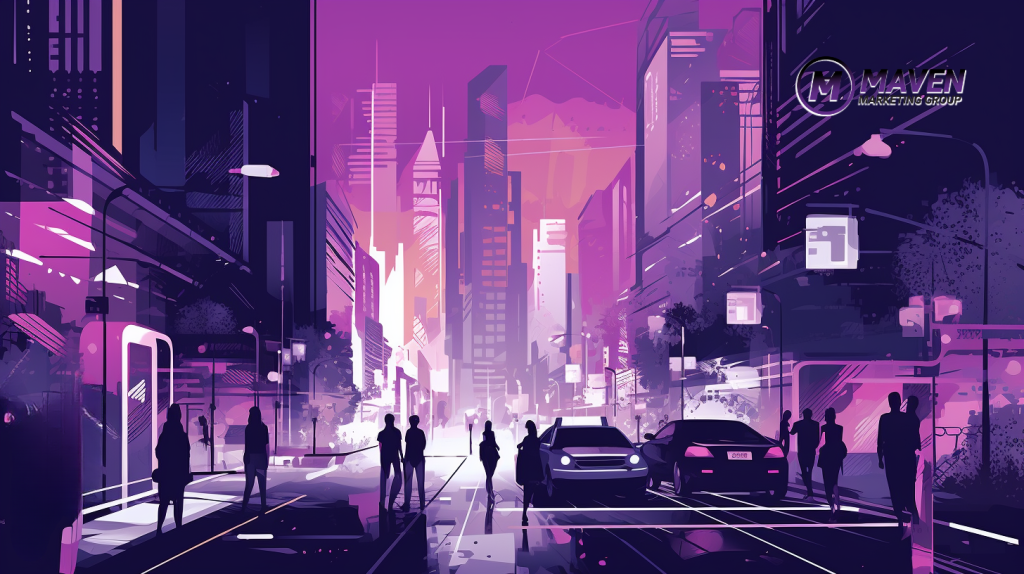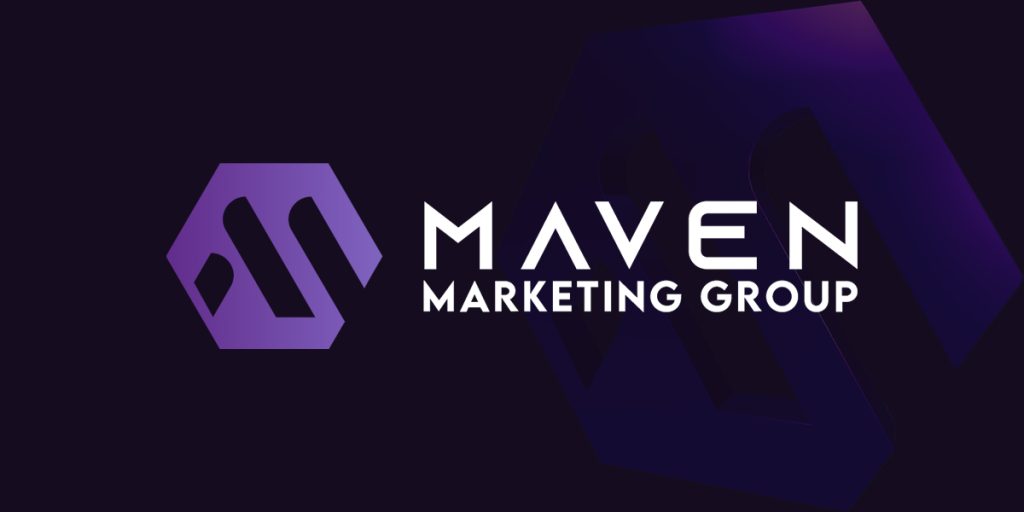
Web design is pivotal in today’s digital era, shaping the online presence and effectiveness of various entities.
Small businesses, e-commerce platforms, service providers, educational institutions, and non-profit organizations particularly benefit from professional web design.
For these groups, a well-designed website can significantly enhance visibility, build credibility, drive engagement, and boost conversions in their respective markets.
Small & Local Businesses
- Why They Need It: Establishing a digital presence helps local businesses compete with larger chains, attracting local clientele and building trust.
- Impact: A well-designed website can significantly enhance visibility, drive foot traffic, and increase sales.
E-Commerce Platforms
- Why They Need It: The success of online stores hinges on usability, security, and design appeal.
- Impact: For web designers with WordPress web development skills, gaining insights into intuitive and engaging design can significantly boost sales, reduce cart abandonment, and enhance the overall shopping experience.
Service Providers & Consultants
- Why They Need It: For professionals like doctors, lawyers, or consultants, a website serves as a digital portfolio, showcasing services and building credibility.
- Impact: Effective web design can drive appointments, referrals, and client engagements.
Educational Institutions & eLearning Platforms
- Why They Need It: As education increasingly goes digital, institutions need user-friendly platforms to cater to students and educators alike.
- Impact: A well-designed educational platform can enhance learning, boost enrollment, and facilitate effective knowledge transfer.
Non-Profit Organizations & NGOs
- Why They Need It: For organizations driven by missions and causes, a website is a tool for advocacy, fundraising, and community engagement.
- Impact: An impactful web presence can amplify a non-profit’s message, drive donations, and rally support.
While numerous entities benefit from responsive web design, those looking to establish trust, showcase offerings, and engage a digital audience—such as local businesses, e-commerce platforms, and service providers—stand to gain the most.
Effective web design is a cornerstone of visibility and success in an increasingly digital world.












